The Scariest Pests (And Why They Freak Us Out)
The Scariest Pests (And Why They Freak Us Out)
Summary: A practical, homeowner-friendly guide to the scariest household pests—what makes them alarming, the real health/property risks, and the first steps to take. Includes internal links to relevant Green Pest Services pages.
Some pests just make your skin crawl. It isn’t only the jump scare when something scuttles across the floor—it’s the health risks, the surprise factor, and the way an infestation can spiral before you even know it’s there. As local pros, here’s our honest take on the scariest household pests and what makes them so unsettling inside a home.
More importantly, we’ll break down the real hazards behind the heebie-jeebies—so you can protect your family and your space with smart prevention and fast, professional help when you need it.
What Makes a Pest “Scary” (Beyond the Jump Scare)
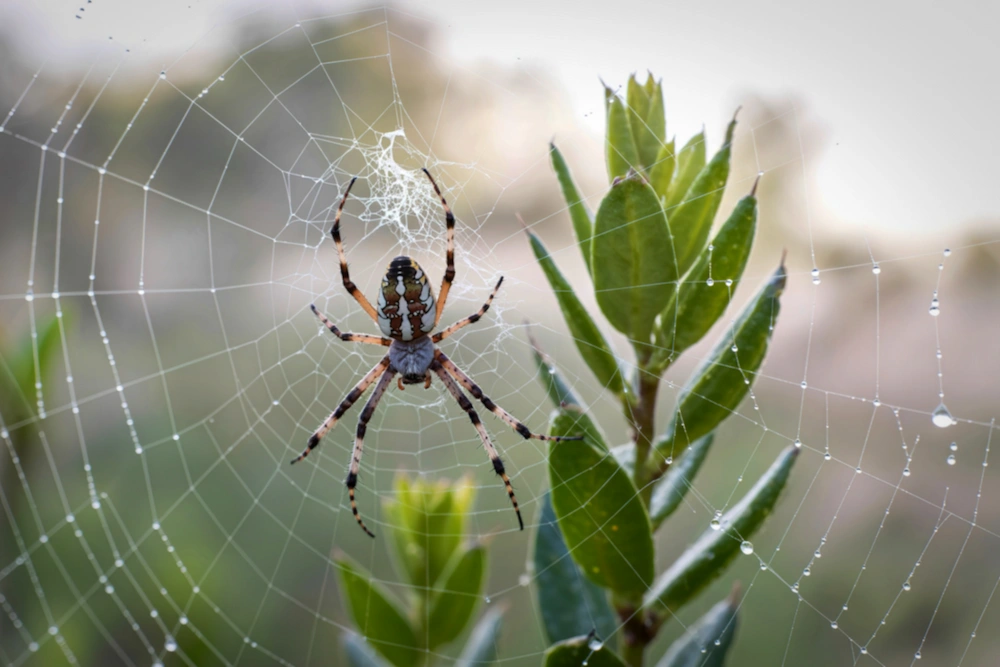
Fear isn’t random—it usually comes from a mix of three things: the risk of bites, stings, or contamination; unpredictable movement (fast, silent, or night-active); and the potential for structural damage or hard-to-eliminate colonies. That’s why some bugs and rodents feel like a bigger deal than others, even when they’re small.
Here’s our short checklist we use when ranking the scariest household pests at home:
- Can it transmit pathogens, trigger allergies, or deliver venom?
- Does it hide in places we touch daily (beds, kitchens, sofas)?
- Will it multiply fast or damage the house itself?
- Is it tricky to DIY—meaning delays make things worse
Our Lineup: The Scariest Household Pests You’ll Meet Indoors
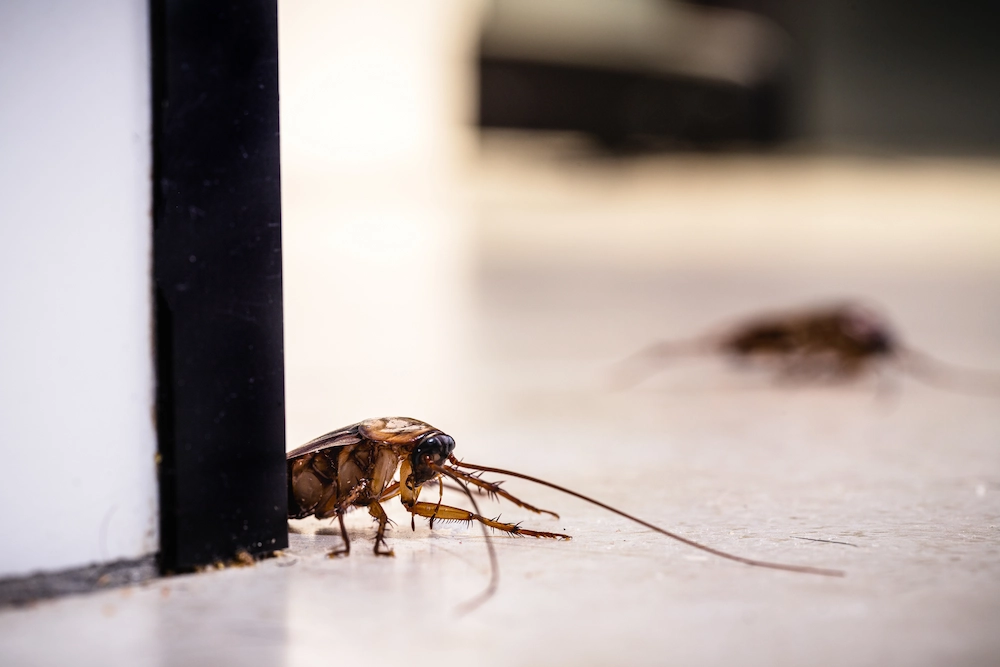
This isn’t a horror countdown—it’s a practical guide to the creatures that cause the most stress for homeowners. We’ve included what makes each pest creepy, the real-world risks, and the smartest first move if you spot signs of activity.
Cockroaches
They move fast, survive almost anywhere, and contaminate surfaces as they go. The real scare is stealth: droppings, shed skins, and body parts become airborne allergens that can trigger asthma and allergies. Once a colony settles in, it often takes professional treatments plus sanitation changes to knock it back.
Rodents (Mice & Rats)
Rodents combine jump-scare speed with serious health concerns. They chew wiring and insulation, contaminate food, and spread pathogens via droppings and urine. Because they slip through gaps the width of a dime, a few missed entry points can mean months of activity behind walls and ceilings.
Spiders (Including Black Widows & Brown Recluses in Our Region)
Most spiders are helpful bug-eaters, but a sudden sighting in a closet or garage still spikes the heart rate. Venomous species are uncommon, yet caution is wise—especially where boxes and shoes sit untouched. Webs in corners and clutter give them perfect cover.
Bed Bugs
They don’t transmit disease easily, but the psychological toll is real. Bed bugs bite while you sleep, hide in seams and outlets, and spread through luggage or used furniture. DIY attempts often scatter them, so early detection and professional heat or chemical protocols are key.
Termites
You rarely see them—then discover soft floors, hollow-sounding wood, or swarmer wings. Termites quietly undermine structural wood and can cost thousands in repairs. What makes them scary is the silence: damage can advance for months before it’s obvious.
Wasps & Yellow Jackets
Aggressive nest defenders with painful stings. Late-summer colonies are large and quick to swarm if disturbed. Nests show up in eaves, shrubs, sheds, and voids—places you reach by accident. Removal should be left to pros with proper PPE.
Ticks & Mosquitoes
Tiny, seasonal, and genuinely risky outdoors. Both can vector pathogens; ticks linger in shaded vegetation and mosquitoes breed in standing water. Yard-level prevention and targeted treatments reduce exposure for kids and pets.
Why We Fear Certain Pests (The Psychology Part)
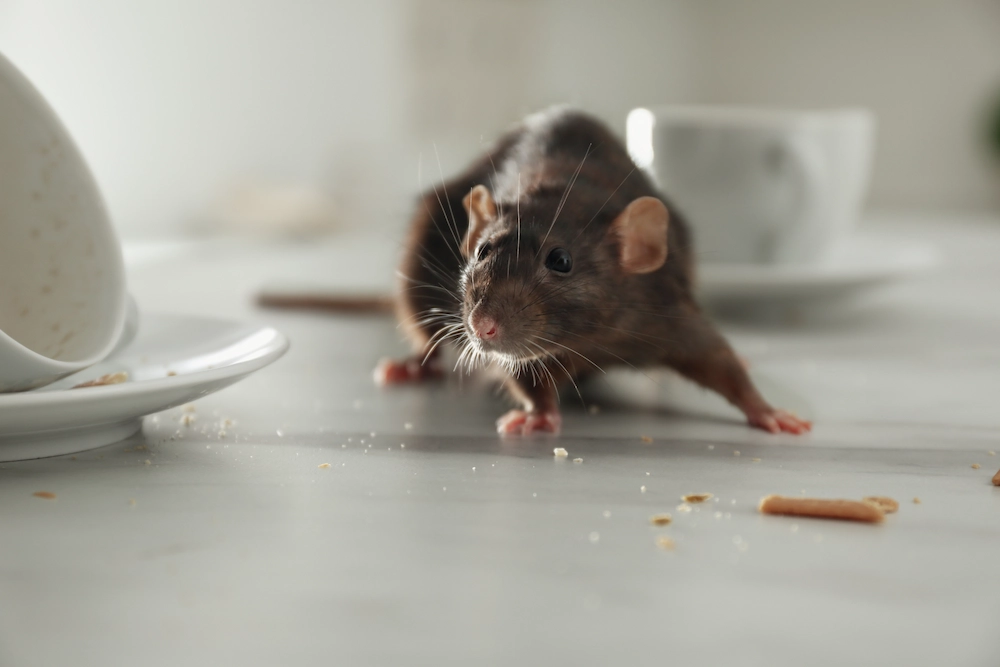
A lot of dread comes from uncertainty: not knowing where something is hiding, when it will appear, or how many are nearby. Fast, erratic movement and nighttime activity heighten that. Shape and texture matter too—many people report that the creepiest insects in homes are the ones that look spiny, glossy, or “unnatural.” Layer the risk of contamination or venom on top, and you’ve got a perfect recipe for alarm at seeing the scariest household pests.
The Real Hazards You Should Prioritize
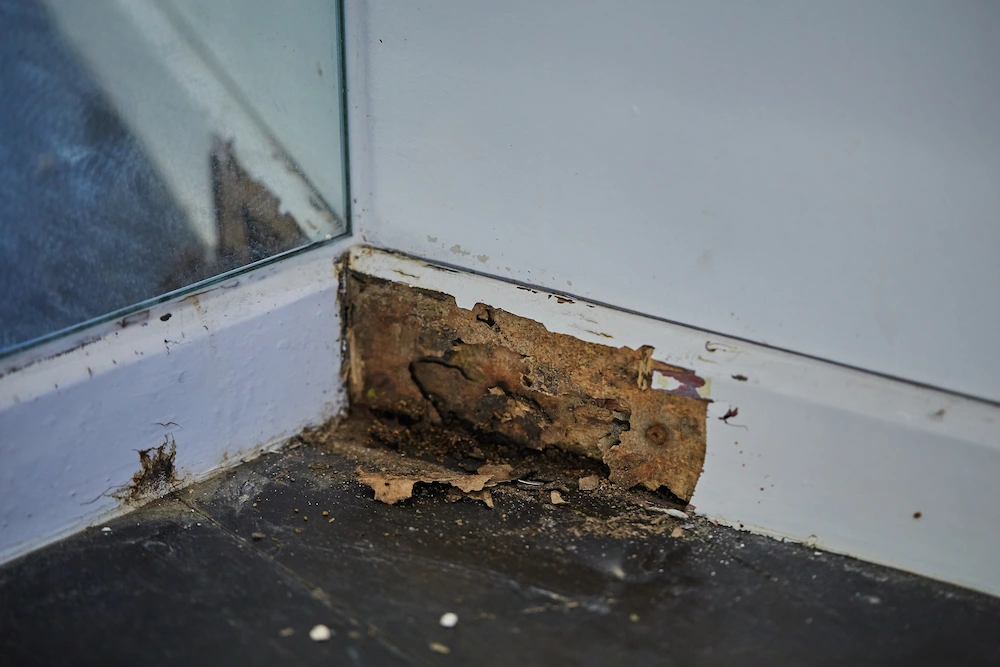
It’s smart to rank issues by health and property risk, not just the gross-out factor. The scariest household pests aren’t always the creepiest-looking pests. If you’re assessing the situation, focus here first:
- Rodents and roaches for contamination/allergens in kitchens and bedrooms
- Termites for structural damage and costly repairs
- Bed bugs for rapid spread and difficult eradication
- Stinging insects where people work, play, or mow nearby
What to Do First If You’re Spooked by Activity
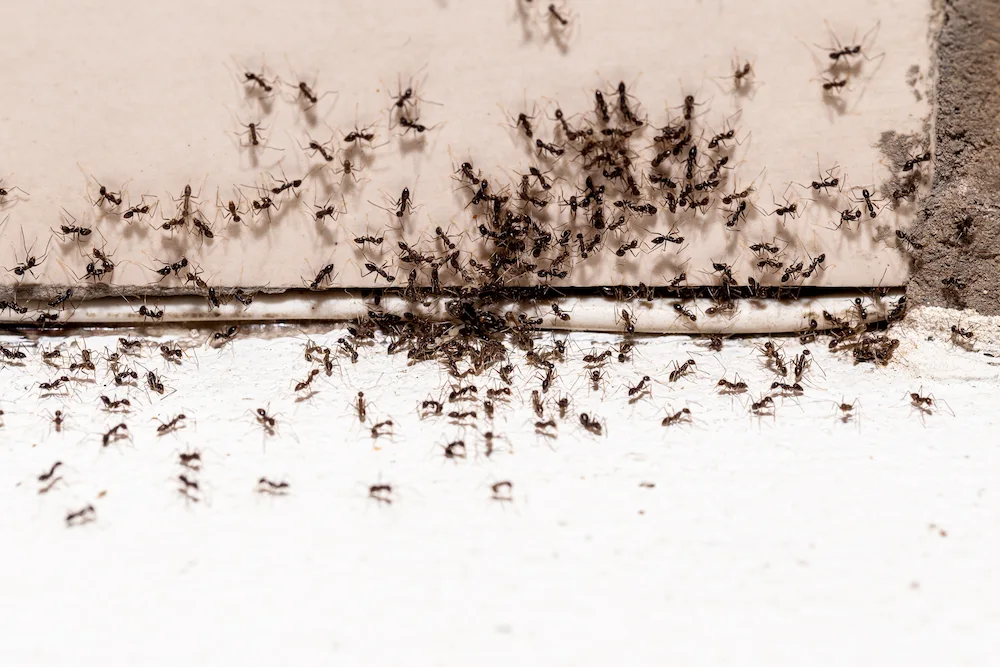
Snap a quick photo or video, avoid spraying random over-the-counter products, and call your local pros for guidance. Targeted identification matters: it prevents scattering colonies and speeds up effective treatment. Keep the area tidy, reduce clutter, and store pantry food in airtight containers until the situation is resolved.
Need immediate help? Our team is ready to inspect, identify, and treat with family- and pet-friendly methods. Learn how we protect homes year-round with residential pest control.
If wood damage or swarmer wings have you worried, our specialized termite control services address current issues and help prevent future ones.
Final Word: Fear Less, Act Sooner
When people ask us about the scariest household pests, we remind them that fast action beats fear every time. Understanding the dangers and risks of the scariest household pests helps you decide what to tackle first, and why people fear certain pests more than others. If you’re unsure what you saw—or you’re dealing with the creepiest insects in homes—contact us and we’ll point you in the right direction.
Citations
Another reason to be spooked on Halloween. (n.d.). Pest World. Retrieved October 22, 2025, from https://www.pestworld.org/news-hub/pest-articles/another-reason-to-be-spooked-this-halloween-pests/
Cold Weather vs. Warm Weather Infestations: How Temperature Shapes Pest Activity
Cold Weather vs. Warm Weather Infestations: How Temperature Shapes Pest Activity Cold Weather vs. Warm Weather Infestations: How Temperature Shapes Pest Activity Summary: [...]
Garden Pests Do Not Hibernate Indoors – How They Attack Houseplants And What To Do
Garden Pests Do Not Hibernate Indoors – How They Attack Houseplants And What To Do Garden Pests Do Not Hibernate Indoors – How They Attack [...]
The Scariest Pests (And Why They Freak Us Out)
The Scariest Pests (And Why They Freak Us Out) The Scariest Pests (And Why They Freak Us Out) Summary: A practical, homeowner-friendly guide [...]
Favorite Foods of Rats and Mice
Favorite Foods of Rats and Mice Favorite Foods of Rats and Mice Summary: Rats and mice are surprisingly picky about what they eat—especially [...]
Where Do Spiders Like to Hide? A Locals’ Guide to Sneaky Spider Spots (and What to Do About Them)
Where Do Spiders Like to Hide? A Locals’ Guide to Sneaky Spider Spots (and What to Do About Them) Where Do Spiders Like to Hide? [...]
Why Do We See So Many Pests in the Fall?
Why Do We See So Many Pests in the Fall? Why Do We See So Many Pests in the Fall? Summary: Fall’s cooler [...]

